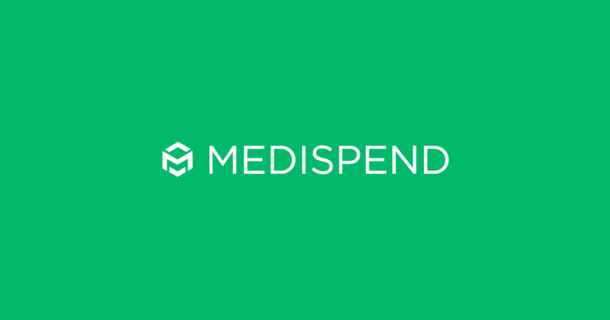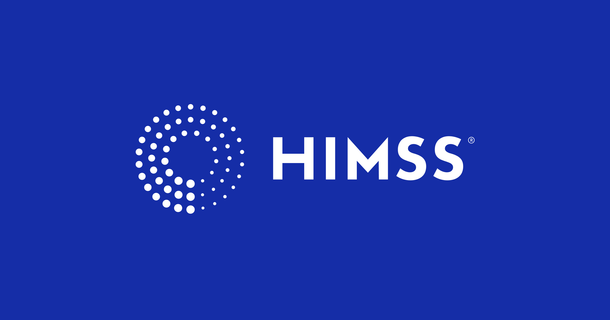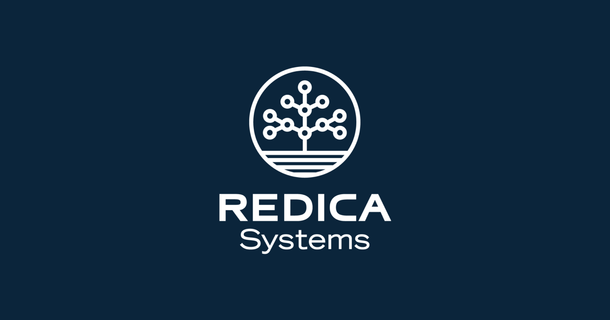Data analytics for healthcare and medtech companies
Improve patient care and operations with AI-fueled analytics software.
Enter the world of data-driven decision-making
Boost the efficiency of your healthcare business and get the best results with advanced analytics.
Reduce compliance risk
- Track life sciences inspection, enforcement actions, and regulatory publications.
- Visualize insights about regulatory risk associated with global supply chains.
- Use advanced data analytics to save time and increase efficiency in reducing compliance risk.
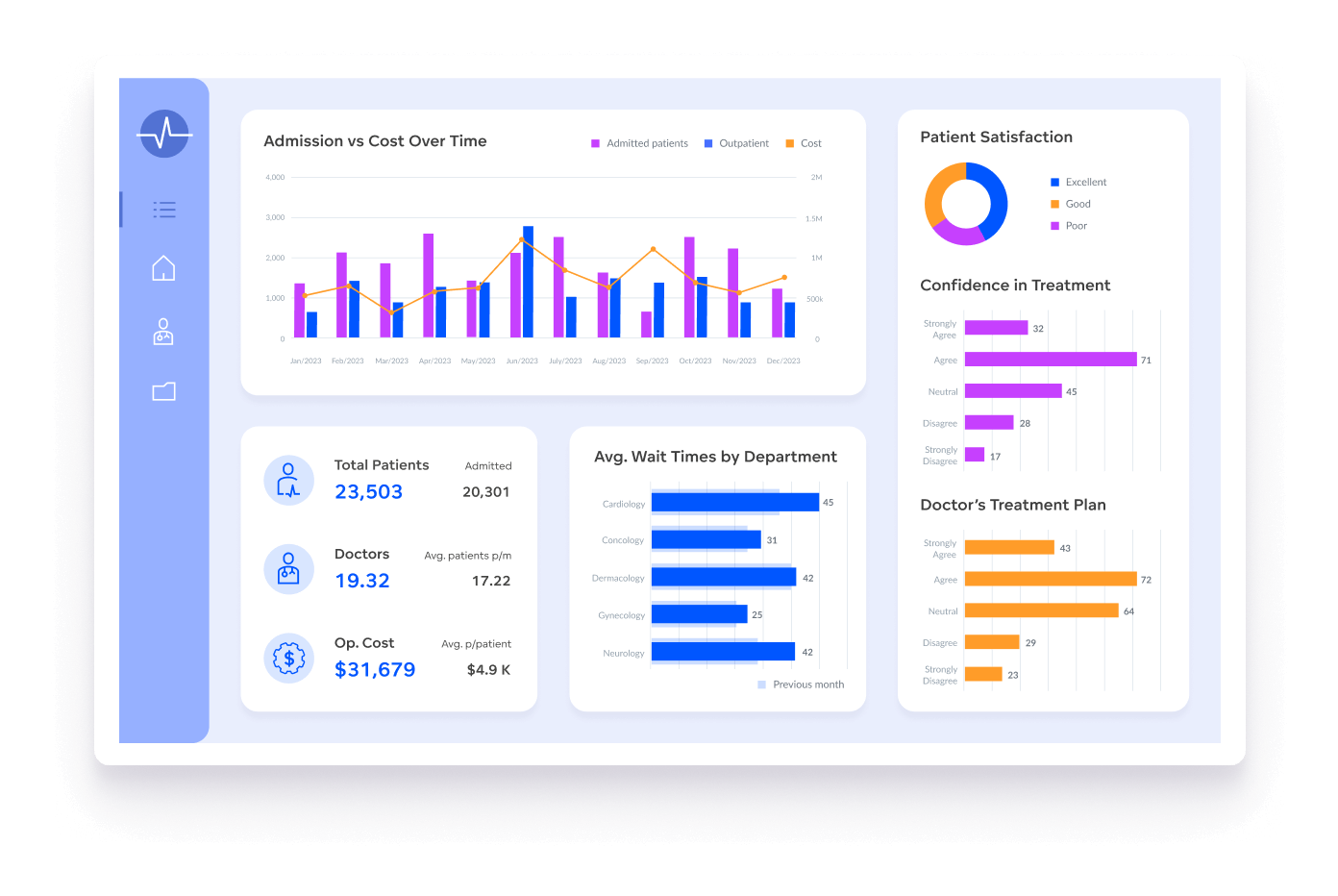
Track and improve quality of care
- Maximize your data and use predictive analytics to provide the best care and patient outcomes.
- Track physician allocation, ER wait times, hospital inventory levels, and more.
- Effortlessly monitor the effectiveness of new treatments.
Increase operational efficiency
- Improve profitability by analyzing staff levels, patient turnover, and hospital wait times.
- Gain easier access to actionable insights with fast analytics, at scale.
- Share hidden insights, and improve collaboration and internal analytics capabilities.
Case Studies and Success Stories
Examples of healthcare and medtech dashboards
Check out some of the ways healthcare companies are using dashboards.
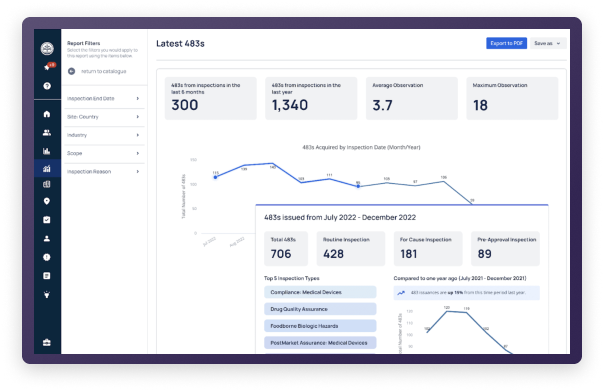
Tracks relevant data to reduce compliance risk
Healthcare and medtech companies can visualize their analytics for an increased awareness of regulatory risk. Among other things, they can track inspections to avoid nasty surprises.
- Self-service functionality provides a customized experience.
- Automatic alerts ensure no warnings are missed.
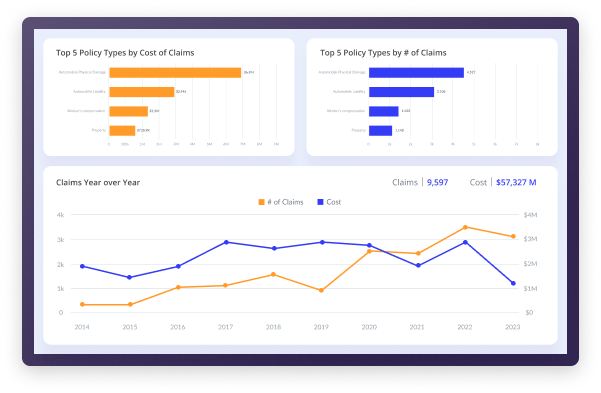
Comprehensive insurance claim analysis
Provides an overview of the number of claims and related costs. Organizes claims by useful metrics, such as policy type vs number or cost of claims.
- Emphasizes key metrics to tell the data story.
- Easily embedded into the company’s software.
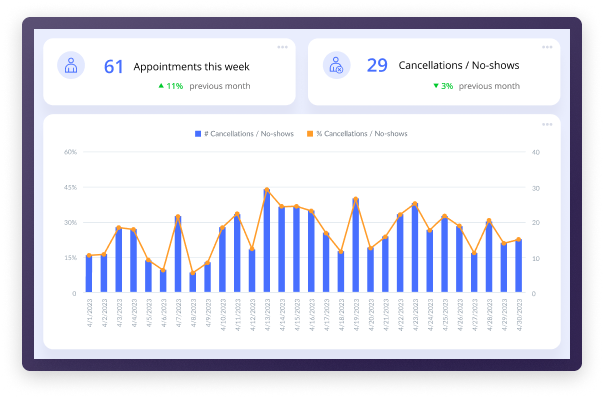
Scheduling optimization based on key insights
Gives healthcare providers an at-a-glance view of upcoming appointments, capacity, and no shows. Provides a complete picture of clients using advanced analytics.
- Emphasizes key metrics to tell the data story.
- Easily embedded into the company’s software.
Discuss your use case with us
See how GoodData can help with your analytics goals.
Why choose our analytics platform?
Reasons why companies love our analytics platform include:
Smoothly implement in your ecosystem



Deploy in GoodData Cloud
GoodData Cloud is a SaaS product operated and maintained by us. Customers receive continuous code updates and it can be deployed in AWS, Azure, and multi-region.



Deploy Self-hosted
Self-hosted uses the same codebase as GoodData Cloud and is ideal for users needing enhanced security, governance, or control for data residency or regulatory compliance.





Integration
Open APIs and declarative SDKs — connect to code repositories and 3rd-party apps, embed anywhere.




Security and governance
Trusted analytics — certifications, inherited permissions, and cascading content changes for easy admin.




Accessibility
Accessible analytics — ensuring compliance and delivering inclusive experiences.

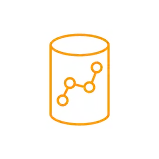

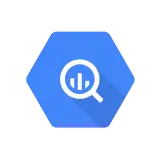



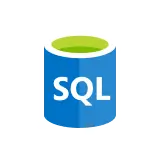












A trusted platform, loved by users


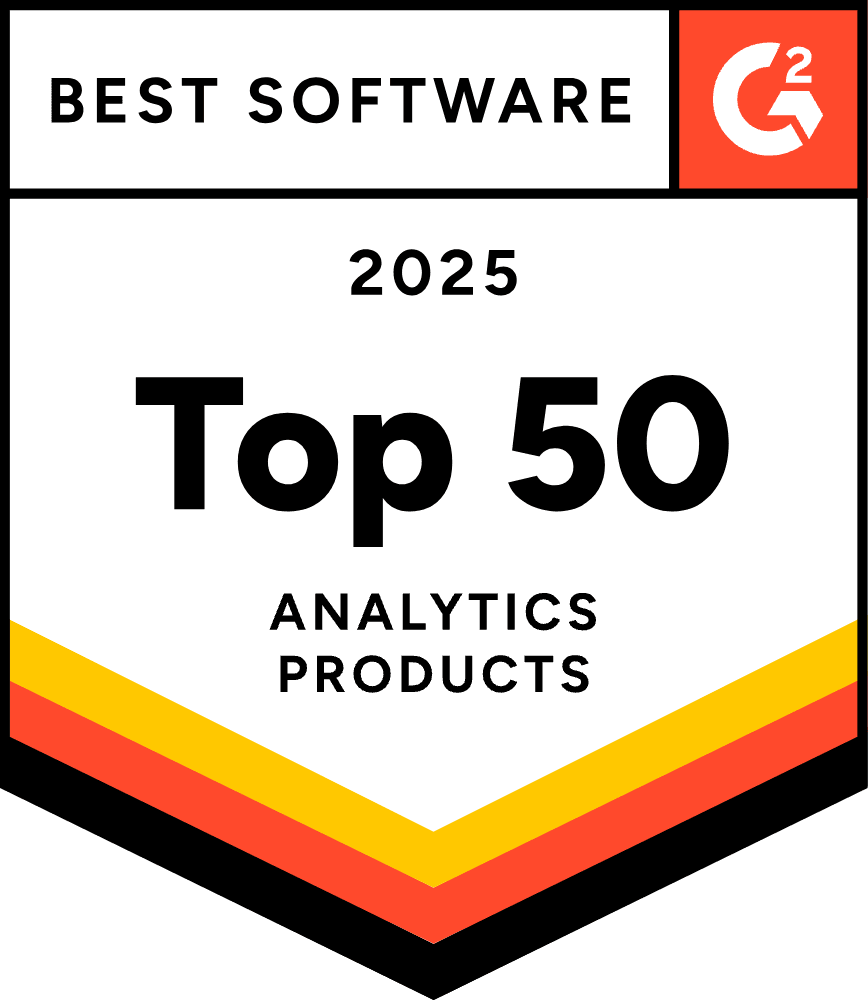

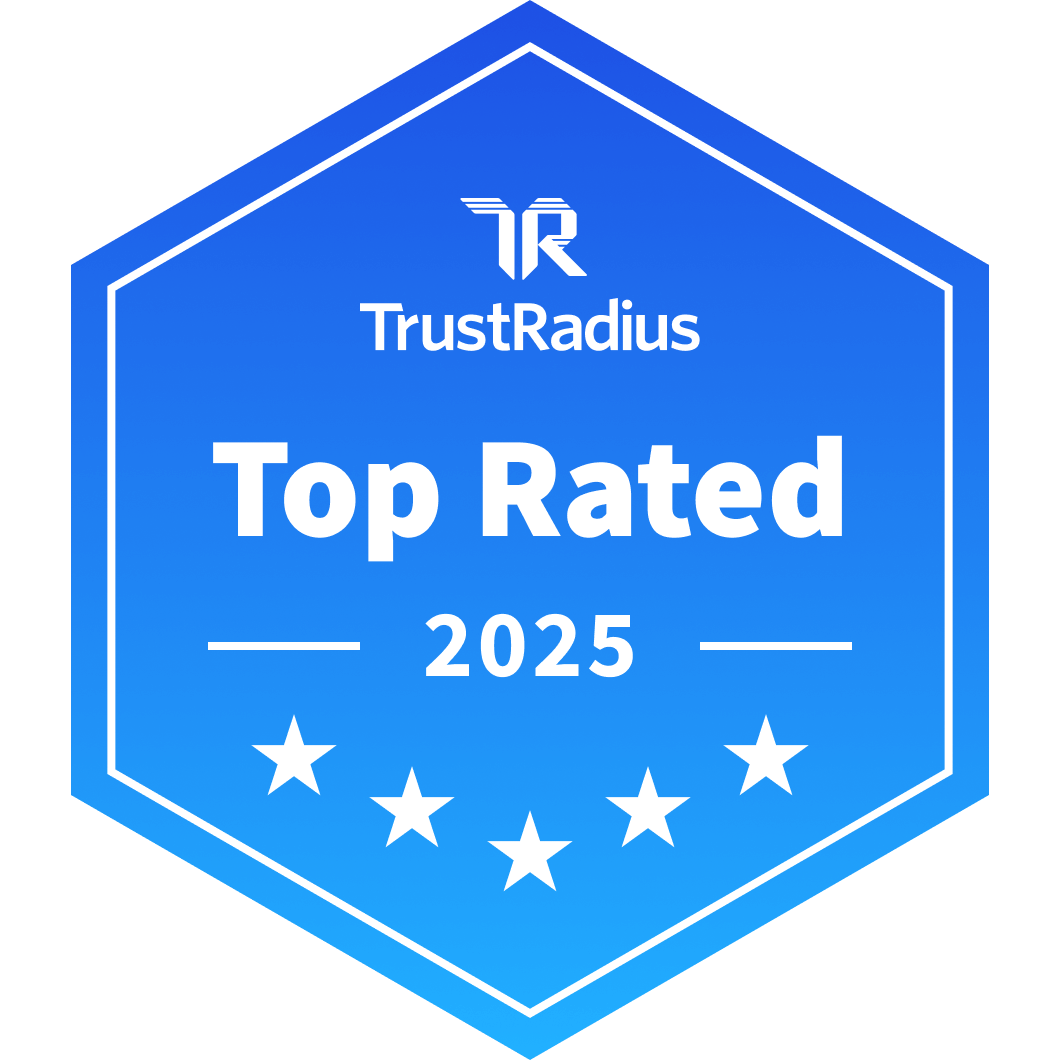

Common healthcare analytics questions
A healthcare analytics software brings a multitude of benefits, enhancing both the administrative and clinical sides. Here are some of the key advantages:
- Improved patient care: Healthcare data analytics software can analyze huge amounts of data to provide insights that help in diagnosing diseases earlier, predicting outcomes, and tailoring treatment plans to individual patients. This leads to improved patient outcomes and satisfaction.
- Operational efficiency: By analyzing patterns and trends, data analytics tools can identify inefficiencies in operations, such as bottlenecks in patient flow, underutilized resources, or areas where costs can be reduced without compromising the quality of care.
- Cost reduction: Through predictive analytics, healthcare organizations can better manage their resources, predict patient admissions, and reduce unnecessary testing. By identifying the most effective treatments and preventive measures, they can also lower the overall expense associated with chronic diseases and long-term care.
- Data-driven decisions: Analytics provides evidence-based insights that support better decision-making for healthcare providers, administrators, and policymakers. This can lead to more effective strategies for patient care, resource allocation, and policy development.
- Quality and performance improvement: Analytics can track outcomes and benchmark against best practices, identifying areas for improvement in both the quality of care provided and the performance of healthcare professionals.
- Regulatory compliance: Analytics tool can help healthcare organizations stay compliant with changing regulations by monitoring metrics and ensuring that practices align with legal requirements.
- Fraud detection: When it comes to administration, analytics can identify patterns that may indicate fraud or abuse within billing and claims, leading to the recovery of funds and the prevention of future losses.
- Research and development: Analyzing large datasets can uncover trends and patterns that lead to new medical insights, which in turn drive innovation in treatments, drugs, and healthcare practices.
There are several things to consider when deciding on an analytics tool. Here's a step-by-step guide to help you make the right choice for your healthcare or MedTech use case:
- Define your requirements: Start by clearly defining your analytics requirements. Identify the specific use cases and key performance indicators (KPIs) you want the BI tool to support.
- Evaluate features and functionality: Look for BI tools that offer features and functionality tailored to healthcare analytics. Key features to consider include data visualization options, ad-hoc reporting, predictive analytics, drill-down capabilities, and rich integration options.
- Scalability and flexibility: Choose a BI tool that can scale as your requirements change. Consider whether the tool supports flexible data integration from multiple sources.
- Ease of use: Choose a BI tool that is user-friendly and intuitive, allowing healthcare professionals with varying levels of technical expertise to easily access and analyze data. Look for features such as drag-and-drop interfaces, customizable dashboards, and self-service analytics capabilities.
- Data security and governance: Look for a tool with the highest standards of data security and privacy. HIPAA compliance should be a must-have.
- Vendor reputation and support: Read customer reviews, case studies, and analyst reports to assess the vendor's reliability, customer satisfaction, and level of support.
- Cost considerations: Evaluate the total cost of ownership (TCO) of the BI tool, including licensing fees, implementation costs, training expenses, and ongoing support and maintenance costs. Choose a BI tool that offers transparent pricing and meets your budget constraints.
Some of the ways you can leverage AI and advanced analytics in healthcare include:
- Predictive analytics for patient care: Use AI to analyze patient data and predict health outcomes, allowing for early intervention and personalized treatment plans. This can lead to better patient outcomes and higher satisfaction rates.
- Operational efficiency and automation: AI-driven processes can streamline administrative tasks such as scheduling, billing, and patient records management. This not only reduces manual errors but also frees up staff to focus on more critical tasks.
- Remote monitoring and telehealth: AI can help analyze data from wearable devices and home monitoring equipment, providing real-time insights into patient health and alerting healthcare providers to potential issues before they become emergencies.
- Fraud detection and compliance: Use AI in billing and claims processing to detect patterns that may indicate fraud. AI can also help you comply with regulatory requirements by comparing data to relevant laws and regulations.
- Drug discovery and development: In the MedTech space, AI can be used to analyze large datasets to identify potential drug candidates and predict their effectiveness. This can significantly reduce the time and cost associated with bringing new drugs to market.
- Customer service and engagement: Chatbots and AI-powered virtual assistants can be used to improve patient engagement and support. These tools can provide patients with 24/7 access to information, appointment scheduling, and basic healthcare advice.
- Data security and privacy: AI can monitor for unusual data access patterns or potential breaches, providing an additional layer of protection for sensitive patient information.
- Market analysis and strategy: AI can be used to analyze market trends and patient demographics. This information can inform strategic decisions about where to allocate resources, develop new products, or expand services.
The following features are the backbone of advanced healthcare analytics solutions, enabling healthcare organizations to extract meaningful insights from their data and use those insights to improve patient care, operational efficiency, and financial performance:
- Predictive modeling: Uses historical data to predict future events, such as the probability of a patient developing a specific condition, potential hospital readmissions, or the risk of adverse events. Predictive modeling helps in proactive care management and resource allocation.
- Machine learning and AI: This feature can analyze large datasets, learn from data patterns, and improve over time. Machine learning and AI are crucial for diagnostic imaging, genomics, drug discovery, and personalizing patient care plans.
- Data visualization: Provides interactive dashboards and reports that make complex data understandable at a glance. Visualization tools are essential for tracking performance metrics, identifying trends, and communicating findings to stakeholders.
- Real-time analytics: Offers the ability to analyze and report on data as it is received. In healthcare, this can be critical for monitoring patient vitals in intensive care units, alerting staff to potential health issues, and managing chronic diseases remotely.
- Big data analytics: Integrates and analyzes large volumes of diverse data sources, including electronic health records (EHRs), medical imaging, genomic data, and wearable device data. Big data analytics can uncover hidden patterns, unknown correlations, and insights on a large scale.
- Interoperability and data integration: Helps with the integration of data across various healthcare systems and devices. This ensures that patient data is complete, accurate, and available when and where it's needed for care.
- Regulatory compliance and data governance: Ensures that analytics solutions comply with healthcare regulations such as HIPAA in the US, GDPR in Europe, and other regional data protection laws. Features include data encryption, access controls, audit trails, and consent management.
- Security and privacy protection: Advanced security measures protect sensitive patient data against unauthorized access, breaches, and other cyber threats. This includes encryption, anomaly detection, and multi-factor authentication.
- Cloud-based analytics: Scalable, flexible solutions are hosted on cloud platforms, giving healthcare organizations powerful analytics capabilities without significant upfront investments in IT infrastructure.
Try GoodData yourself
See how GoodData can help with your analytics goals









